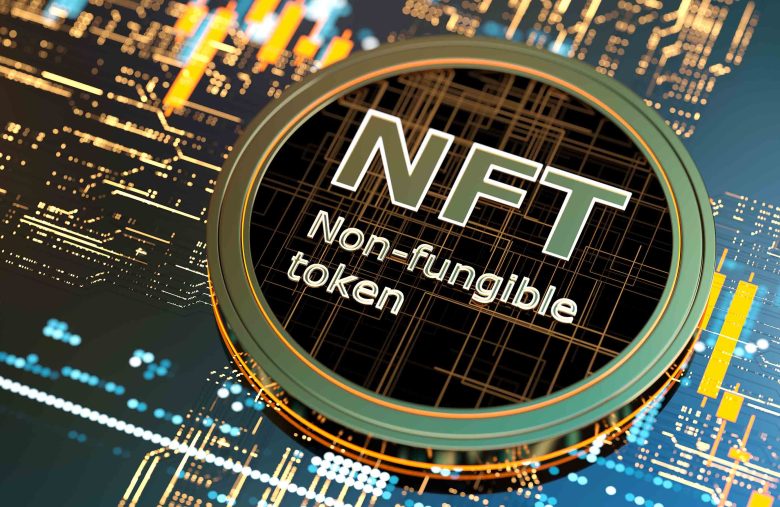Introduction to NFTs: Understanding Non-Fungible Tokens

If you’ve been paying attention to the world of art and digital assets, you may have heard of Non-Fungible Tokens, or NFTs. These digital creations are making waves and for good reason! In this article, we’ll take a closer look at NFTs and demystify the concept for those who may be unfamiliar with the technology.
First, let’s define the term “fungible.” In simple terms, a fungible asset is interchangeable, meaning each unit is equal in value to another unit of the same asset. For example, a dollar bill is fungible because each dollar bill has the same value as any other. NFTs, on the other hand, are non-fungible, meaning each NFT is unique and cannot be replicated or exchanged for something else.
To help you understand NFTs, think of them like digital fingerprints. Just as no two fingerprints are exactly the same, no two NFTs can be exactly alike. This makes NFTs ideal for creating one-of-a-kind digital items, like rare virtual artwork or exclusive virtual real estate. These items can be bought, sold, and traded, just like physical assets.
The security and authenticity of NFTs is ensured through blockchain technology. This decentralized ledger records and tracks NFT ownership, making it nearly impossible for someone to counterfeit or duplicate an NFT.
The potential applications for NFTs are wide-ranging and exciting. From digital art to virtual real estate, from collectible trading cards to rare in-game items, NFTs are changing the way we think about ownership and value in the digital space. In the art world, NFTs are giving artists a direct line to collectors, bypassing the traditional art market and giving artists more control over their work.
To wrap up, NFTs are unique and non-replicable digital assets, made secure through the use of blockchain technology. They offer endless possibilities for artists, collectors, and businesses to create and trade one-of-a-kind digital items, and their potential uses are truly exciting.
Key Points:
- NFTs are unique and non-replicable digital assets
- The authenticity and ownership of NFTs is ensured through blockchain technology
- NFTs have a wide range of potential applications, from digital art to virtual real estate
- NFTs offer a new and exciting way to create and trade digital assets.



